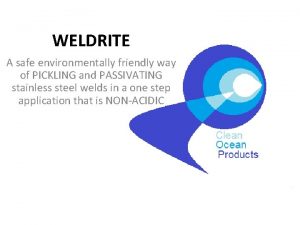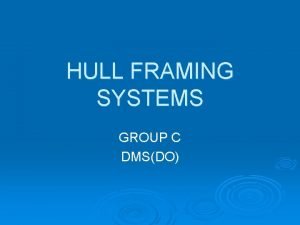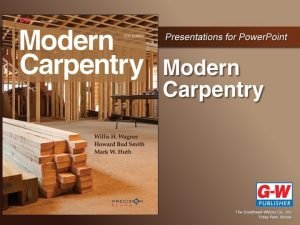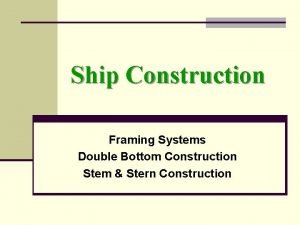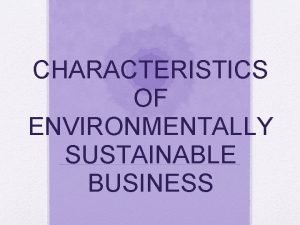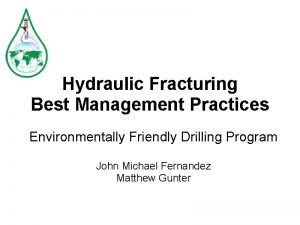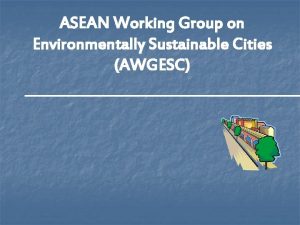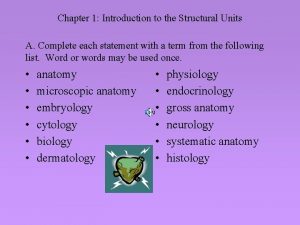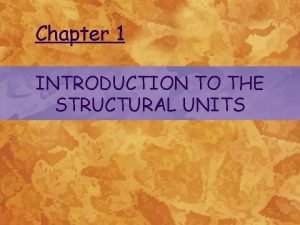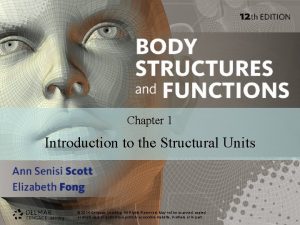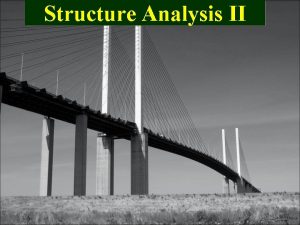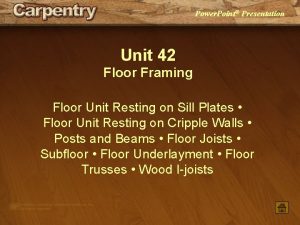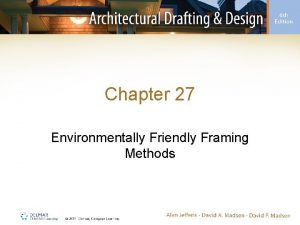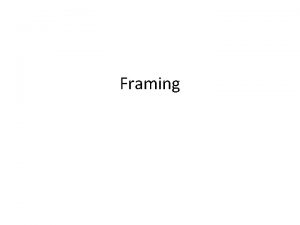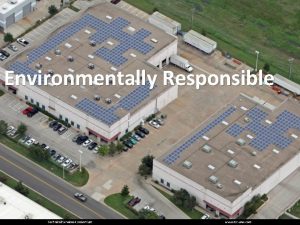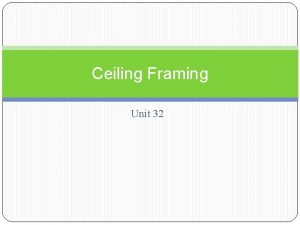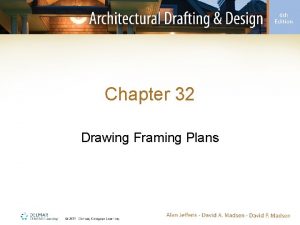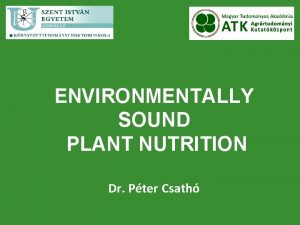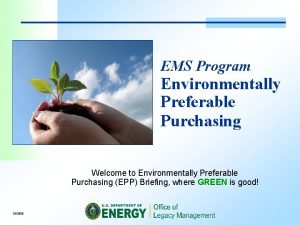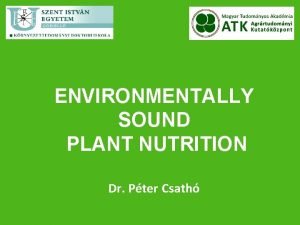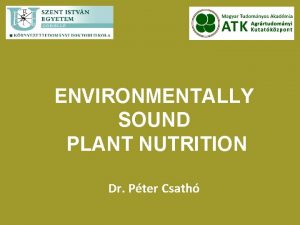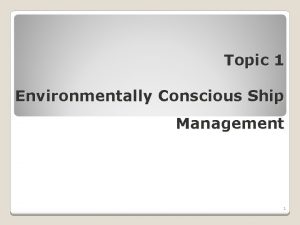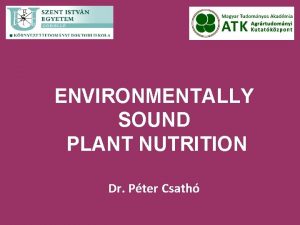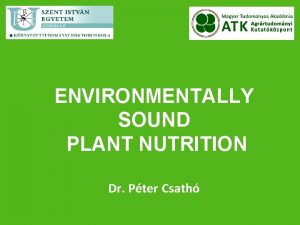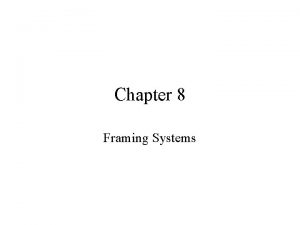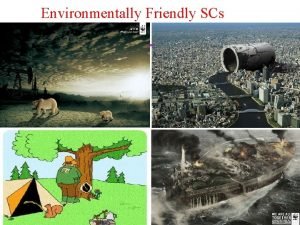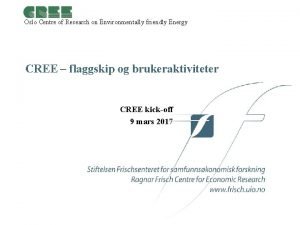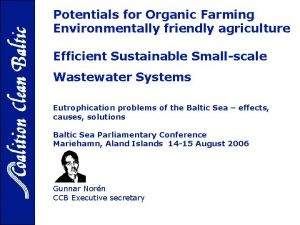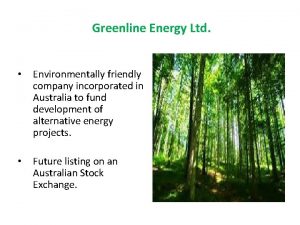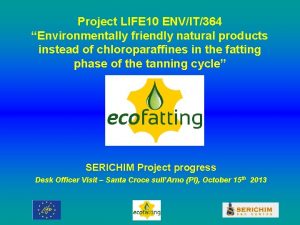Chapter 27 Environmentally Friendly Framing Methods Introduction Structural























- Slides: 23

Chapter 27 Environmentally Friendly Framing Methods

Introduction • Structural drawings (e. g. , framing plans, sections and details, and foundation plan) – Require thorough understanding of materials and process of construction • Wood, steel, masonry, and concrete are the most common materials used • Each material has its own green properties, and methods of achieving Leadership in Energy and Environmental Design (LEED) credits

Wood Framing Methods • Each method has many green properties that lead to LEED credits – Common credits gained by use of wood framing methods include: • • Recycled content Building resources Rapidly renewable materials Certified wood products

Wood Framing Methods (cont’d. ) • Balloon or eastern framing – Rarely used – Exterior studs run from the top of the foundation to the top of the highest level

Wood Framing Methods (cont’d. ) • Platform or western framing – Most common – A platform is created by each floor


Wood Framing Methods (cont’d. ) • Post-and-beam framing – Places framing members at greater distances apart than platform methods



Wood Framing Methods (cont’d. ) • Timber construction – Not widely used in last 100 years – Some are returning to timber framing methods • Warmth and coziness

Energy-Efficient Framing Methods • Energy-efficient platform framing – Advanced framing techniques (AFTs) replace nonstructural wood with insulation • Increases energy efficiency

Energy-Efficient Framing (cont’d. ) • Engineered lumber and materials – Structural engineered members • Small pieces of wood turned into framing members • Usually made from wood scraps and young, smalldiameter, fast-growing tree species – Engineered lumber for framing • Laminated veneer lumber (LVL) • Laminated strand lumber (LSL) • Parallel strand lumber (PSL)

Energy-Efficient Framing (cont’d. ) • Structurally insulated panels (SIPs) – Structural strength – High insulation rates – Built-in vapor barriers – Sound-deadening qualities – Ease of installation

Energy-Efficient Framing (cont’d. ) • Steel framing – Consistently straight and square – Resists stress from weather – Contains about 50% recycled metal and is 100% recyclable

Energy-Efficient Framing (cont’d. ) • Concrete masonry units – Durable and economical building – Excellent structural and insulation values – Concrete blocks • Classifications • Patterns, colors, and shapes • Concrete form masonry units

Energy-Efficient Framing (cont’d. ) • Solid masonry construction – Can last for centuries – Reduces temperature swings – Variety of position and patterns – Masonry walls must be reinforced – Masonry veneer

Energy-Efficient Framing (cont’d. ) • Insulated concrete form construction – Provide an energyefficient wall-framing system for an entire structure


Energy-Efficient Framing (cont’d. ) • Modular framing methods – Highly engineered method of construction – Efficient and cost-effective – Begin as components designed, engineered, and assembled in a factory using assemblyline techniques

Green Construction Goals • Key questions: – Can products be selected that are made from environmentally friendly materials? – Can products be selected because of what they do not contain? – Will the products reduce the environmental impact during construction?

Green Construction Goals (cont’d. ) • Key questions (cont’d. ): – Will the products reduce the environmental impact of operating the building? – Will the products to contribute to a safe, healthy indoor environment?

Green Construction Goals (cont’d. ) • Major considerations: – Environmentally friendly materials • • • Salvaged products Products with recycled content Certified wood products Quick-growth and waste by-products Minimally processed products – Removing materials – Reducing construction impact

Green Construction Goals (cont’d. ) • Major considerations (cont’d. ): – Reducing impact after construction • • Reducing energy demands and maintenance Using renewable energy Conserving water Preventing pollution and eliminating pesticides Contributing to the environment Improving interiors with nonpolluting products Blocking, removing, and warning of contaminants
 Environmentally friendly pickling
Environmentally friendly pickling Transverse framing in ship
Transverse framing in ship Chapter 10 floor framing answers
Chapter 10 floor framing answers Double bottom tank ship
Double bottom tank ship Environmentally safe refrigerant service tips & techniques
Environmentally safe refrigerant service tips & techniques Environmentally safe refrigerant service tips & techniques
Environmentally safe refrigerant service tips & techniques Characteristics of environmentally sustainable business
Characteristics of environmentally sustainable business Environmentally sound drilling practices
Environmentally sound drilling practices Asean working group on environmentally sustainable cities
Asean working group on environmentally sustainable cities What is environmentally critical areas
What is environmentally critical areas Introduction to the structural units chapter 1 answers
Introduction to the structural units chapter 1 answers Chapter 1 introduction to the structural units
Chapter 1 introduction to the structural units Introduction to the structural units
Introduction to the structural units Energy method
Energy method Friendly letter heading
Friendly letter heading Lstm lecture
Lstm lecture Wax pattern fabrication pdf
Wax pattern fabrication pdf Squash block framing
Squash block framing Friendly relationship chapter 9
Friendly relationship chapter 9 Friendly relationship ch 7
Friendly relationship ch 7 Selman's stages of friendship
Selman's stages of friendship Zick rubin love scale
Zick rubin love scale Friendly relationship manhwa 7
Friendly relationship manhwa 7 Intimate family chapter 7
Intimate family chapter 7
